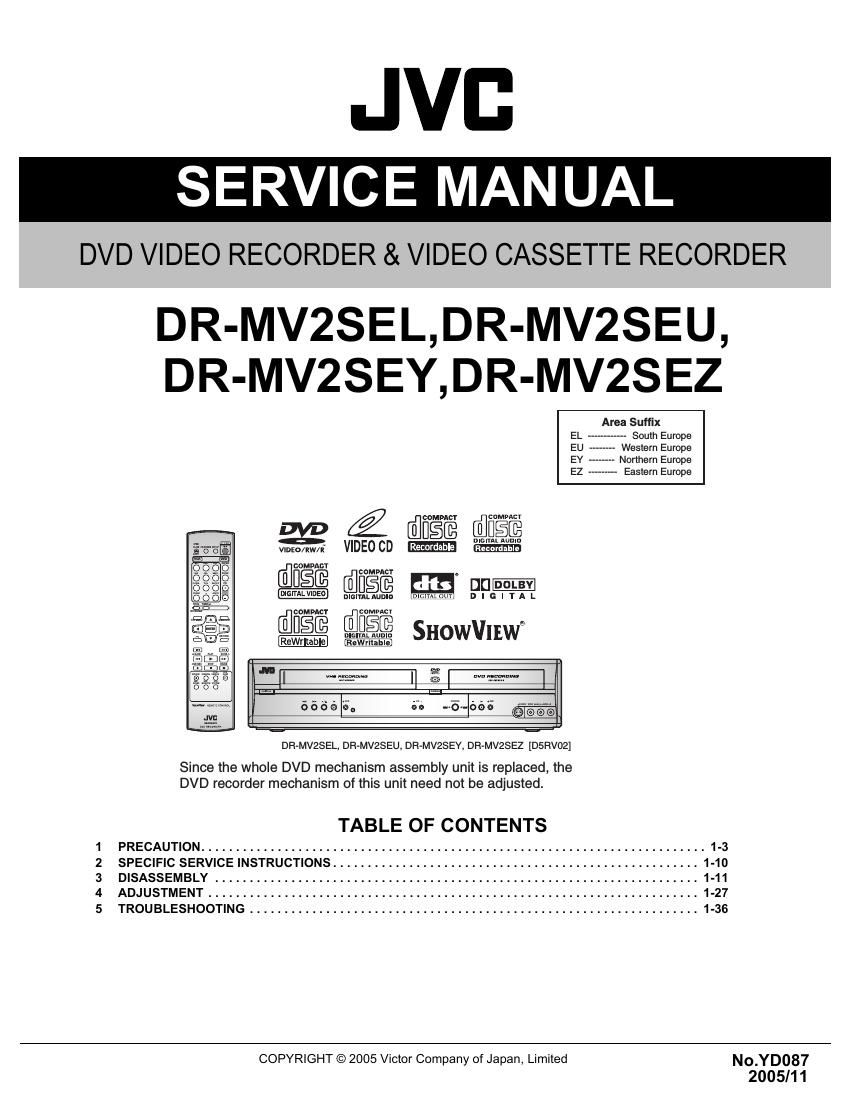Jvc DRMV 2 SEL Service Manual
This is the 99 pages manual for Jvc DRMV 2 SEL Service Manual.
Read or download the pdf for free. If you want to contribute, please upload pdfs to audioservicemanuals.wetransfer.com.
Page: 1 / 99
